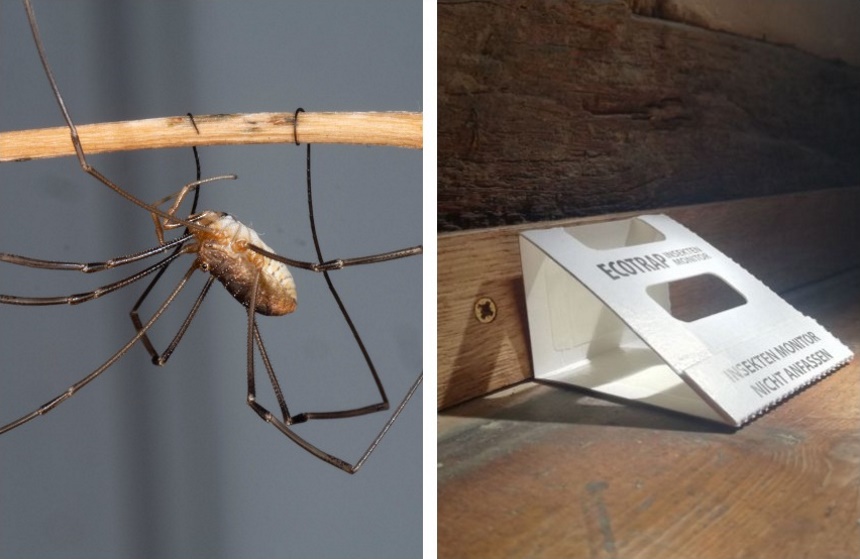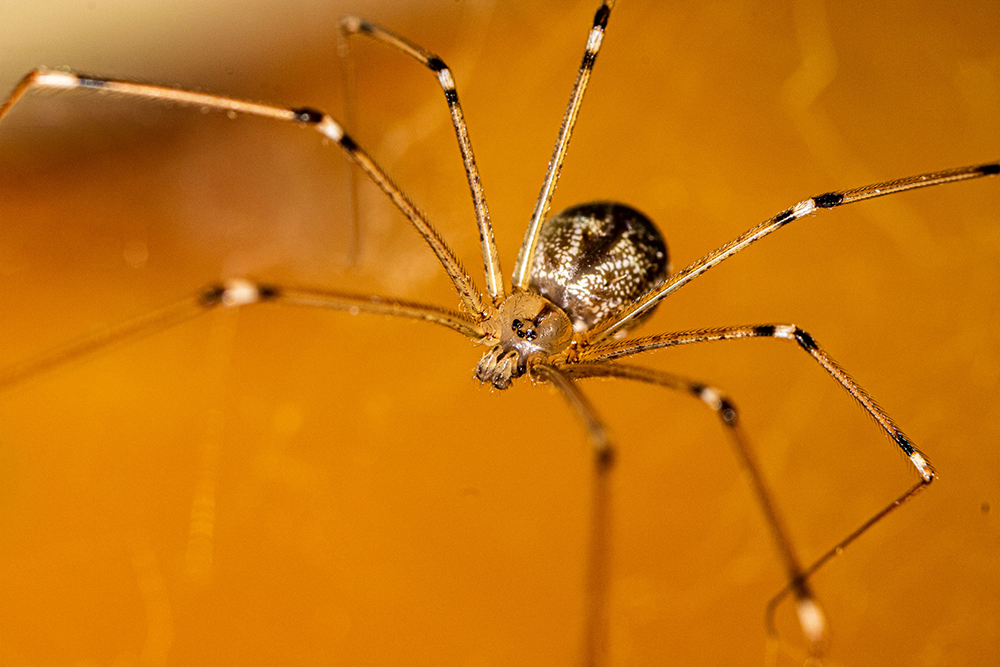

The U.S.A. is home to more than 3500 spider species, and it seems that recently one more was added to the list. The Joro spider is a large insect compared to other spider species and is native to Asia, although recently it’s been introduced to the U.S. It seems to have made itself right at home with the population growing and spreading rather fast and more people are reporting seeing them around their home or property. Naturally, if this is you, your train of thought is likely on how to get rid of Joro spiders. After all, only one of you has their name on the property lease, and it certainly isn’t the spider that’s decided to invade. Fortunately, getting rid of Joro spiders is possible with some knowledge and a bit of effort. This write-up can help you with the knowledge part, leaving the effort part up to you.
Given that there are more than 3500 spider species in the U.S., some of which have fairly similar characteristics, it’s not as easy to identify Joro spiders as you might think. Identifying the critters correctly is essential in determining the countermeasures you use, whether they’re foggers, outdoor sprays, or traps. For instance, if you’re dealing with indoor spiders, you may want to compare and contrast different brands if you’re to pick the best traps for spiders on the market as a countermeasure.
If you’re dealing with outdoor spiders, we’ve found some of the best foggers for spiders to cater to different levels of infestation. Nevertheless, Pennsylvania State University notes that adult female Joro spiders have a cylindrical, brightly-colored body and can be up to 1 inch in size. Their legs, on the other hand, can span up to 4 inches.
Also, a Joro spider’s cephalothorax is covered with silvery or golden hairs. As for their abdomens, the top part will have yellow and grey-blue bands. The venter or underside of the abdomen is similarly colored with the addition of a red mark. Finally, the legs are mostly black with yellow bands.
Immature female Joro spiders look a bit different with a brown cephalothorax. The abdomen features a black and yellow pattern, with the legs being black and yellow as well. As for adult male Joro spiders, they’re much smaller than their female counterparts, with their bodies being 0.3 inches. The cephalothorax is light brown, occasioned by lateral dark brown stripes. Lastly, the abdomen has one central dark brown stripe.
According to the University of Georgia, Joro Spiders won’t bite humans unless they feel cornered or threatened. Even if they do, their fangs are typically not large enough to break human skin. That said, they are venomous, which is how they subdue prey like other small insects. As such, if one bites you, you may experience some redness or blistering.
There are also people who experience allergic reactions to the venom. Fortunately, the National Library of Medicine notes that allergic reactions following bites or contact with arachnids such as the Joro spider are uncommon. Ultimately, this means that despite their big size and scary-looking demeanor, Joro spiders are mostly harmless, and there’s no need to panic when you see one or two.
While they’re practically harmless to humans, having them around your property can be uncomfortable. This is especially true for those with arachnophobia which is an extreme fear of spiders. As such, you may want to eliminate them from your property once and for all and discourage any new ones from ever moving in. Here are several ways to go about that.
Like all other arachnids, Joro spiders are insects which means insecticides should be effective against them. If you have a large infestation, this may be one way to kill multiple Joro spiders at the same time and prevent them from breeding. You can use foggers or sprays to distribute the insecticide to the affected areas.
Joro spiders typically live in backyards or porches and likely won’t move into your house.
However, if one or two does move into the house in search of a meal, you may want to consider spider traps instead. According to customer reviews, the TERRO T3206SR non-toxic indoor spider trap is one of the most effective indoor traps on the market. The fact that it’s non-toxic also means it’s safe to use around children.
Nevertheless, if you’re mostly dealing with the spiders outdoors, insecticides should work pretty well. Furthermore, if you kill all the bugs around your home, there should be no reason for the spiders to move in since there’ll be no food.
Despite being native to Asia, a Joro spider should react the same way to repellents as native American spiders. You can use natural repellents like garlic, cedar, citrus, eucalyptus, vinegar, cinnamon, peppermint oil, etc. Even some of the spider repellents you get in the store use natural ingredients. In fact, reviewers recommend the Mighty Mint natural spider repellent, which, thanks to the peppermint oil active ingredient, can keep Joros and other species of spiders at bay.
Cleaning in and around the home is one of the easiest ways to keep bugs like flies, cockroaches, crickets, etc., from moving in, and without these food sources, Joro spiders would quickly move on to greener pastures. This may involve sweeping up food crumbs, packing food in sealed containers, cleaning the trash can, and keeping it away from the house, among other solutions.
Calling in a professional is also an option, especially if you’re too afraid of the bright-colored spiders to go near them. Professional treatments guarantee you won’t have to deal with the Joro spiders for a while since they’re quite effective. The only downside is they can be fairly expensive. However, the resulting peace of mind may be worth the cost.
If you follow the above tips on how to get rid of Joro spiders, you may find that in time, you don’t have to worry about these brightly colored insects. Some of the control measures mentioned above, such as cleaning around the home, are also preventative. It’s worth remembering that Joro spiders are typically not harmful to human beings, so even if you suspect you were bitten by one, there’s no reason to panic. However, you should take action, so you don’t have to live in fear in your home, especially if you’re afraid of spiders in general.





